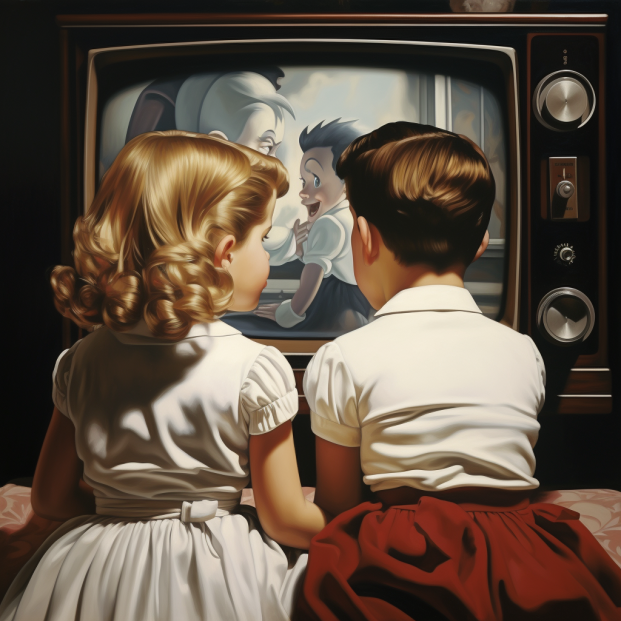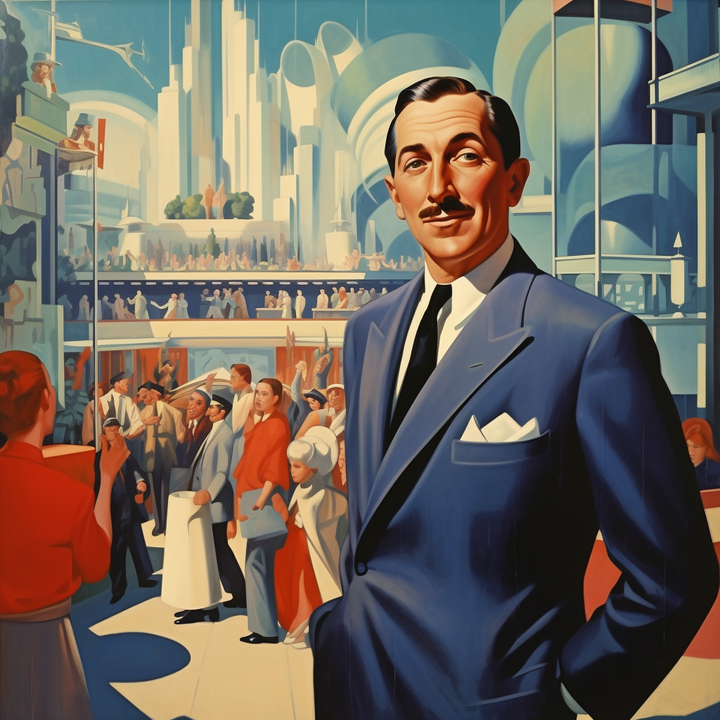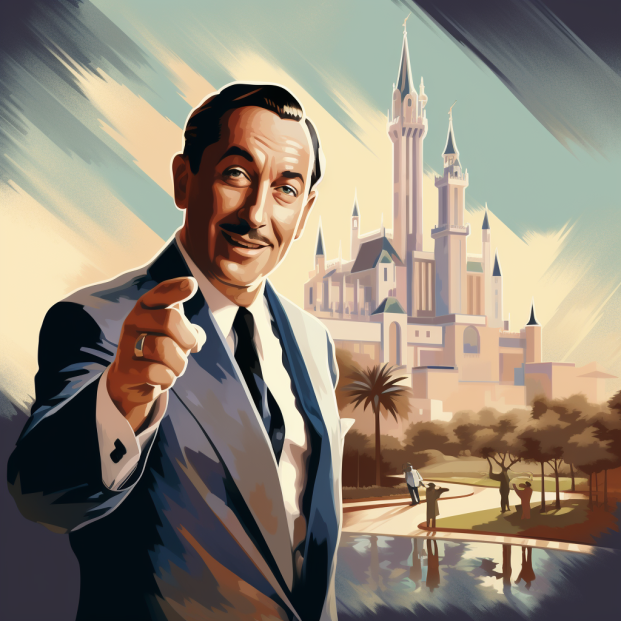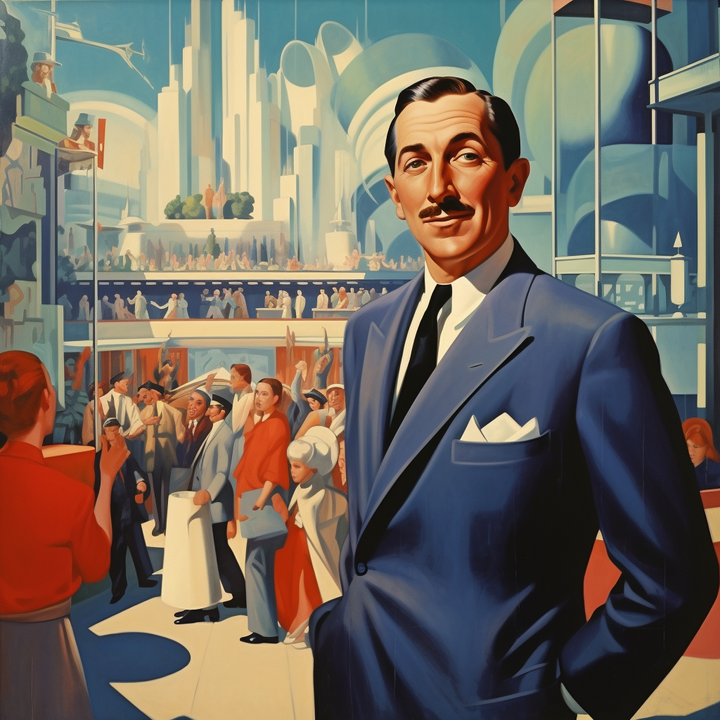Walt Disney and the Wonderful World of Disney TV

In a strategic move that reshaped the landscape of entertainment, Walt Disney, a visionary in more ways than one, embraced the burgeoning medium of television.
At a time when most movie studios were wary of television's impact on cinema, Disney saw an opportunity to expand his brand's reach and connect with audiences in a novel way.
"The Wonderful World of Disney" became a household name, signifying Disney's acumen in innovating across mediums and platforms.
Factual Details of Disney's Foray into Television
Era: Late 1950s
Location: United States
Innovation: "The Wonderful World of Disney" Television Series
In the late 1950s, Walt Disney made an unprecedented move by launching "The Wonderful World of Disney" on television. This decision was atypical for a movie studio owner at the time, as there was a prevalent belief that television would cannibalize the film industry. Disney's show not only brought the magic of Disney tales into people's homes weekly but also served as a promotional platform for his theme parks and upcoming projects.
Key Outcomes:
- The show became immensely popular, making Disney a beloved brand in households across America.
- It allowed Disney to reach wider audiences, significantly enhancing brand recognition and loyalty.
- The move diversified Disney's revenue streams and solidified its position as a multifaceted entertainment company.
Leadership Lessons from Disney's Venture into Television
1. Embracing New Technologies:
- Walt Disney's willingness to adopt television, a then-new technology, illustrates the importance of embracing innovation to stay relevant and grow.
2. Expanding Audience Reach:
- By venturing into television, Disney demonstrated how expanding into new platforms can significantly broaden an audience base and strengthen brand presence.
3. Strategic Brand Promotion:
- "The Wonderful World of Disney" served as an effective tool for promoting other aspects of the Disney empire, showcasing savvy marketing and brand expansion strategies.
4. Overcoming Industry Stereotypes:
- Disney’s move challenged the prevailing notion that television would harm the movie business, underlining the significance of overcoming industry stereotypes and fears in pursuit of innovation.
5. Visionary Diversification:
- This initiative exemplified visionary diversification, a key aspect of sustainable business growth and resilience in changing market conditions.
Concluding Thoughts
Walt Disney's embrace of television was a game-changer in the entertainment industry, marking a shift from traditional film to multimedia engagement. It exemplifies how visionary leaders can harness new technologies and platforms not just to survive market transitions but to thrive and redefine their industry's boundaries. Disney's strategic foray into television serves as an enduring example of how innovation, adaptability, and forward-thinking can forge enduring connections with audiences and create new avenues for brand growth.
Your Reflection
Reflect on Disney’s strategic move into television and consider:
- How can you identify and leverage emerging technologies and platforms in your field to expand your reach and impact?
- What perceived industry barriers or stereotypes might be limiting your organization's potential for innovation and growth?
- In what ways can you diversify your offerings to not only adapt to changing market conditions but also to actively shape and lead in your industry?



